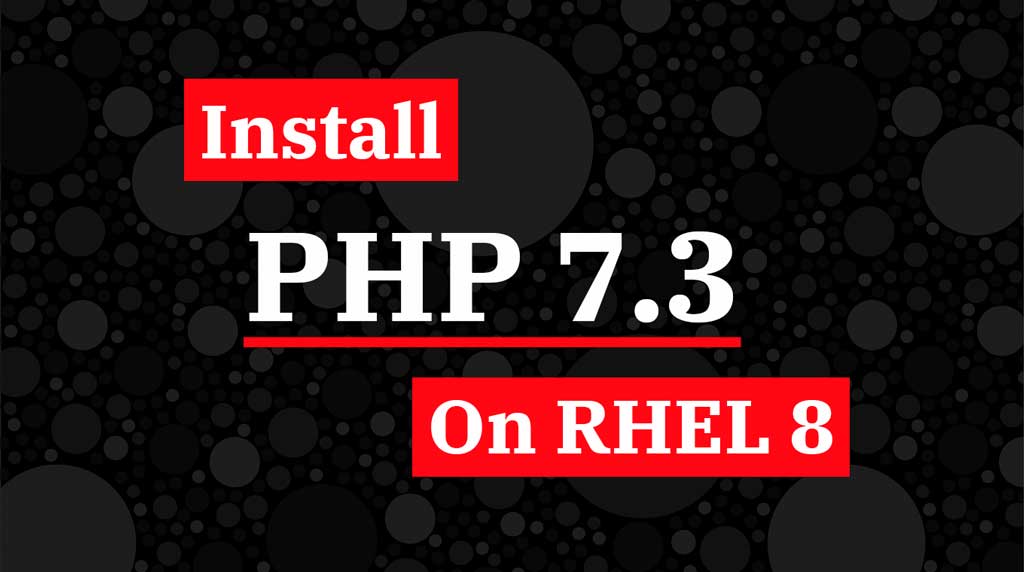


Setup.py and run the install: python setup. Or, if you have a requirements.txt file that lists necessary dependencies: pip install -user -r requirements.txt Installing via modules via setup.py to your home directoryĭownload and untar or unzip the module you would like to install.Ĭd into the module directory that contains Once you have configured your PYTHONPATH as described above, you can install packages locallyīy adding the -user flag when calling pip: pip install -user PACKAGE_NAME_HERE Installing modules via pip to your home directory Run this command to update the PYTHONPATH for the current session: source ~/.bash_profile PYTHONPATH="$PYTHONPATH:~/lib/python2.7/site-packages/" > ~/.bash_profile ~/lib/python2.7/site-packages/ like this: echo export These first two steps only need to be done once.Īppend your. Press Y key to accept the download and installation. However, we are going to use the dnf because it is the future of package manager of theses Linux OS. It can be installed using the dnf or yum command. The standard repository for RHEL 8.0 provides Python 3.6. This article assumes you are logged into a CETS managed Linux machine (Eniac, a lab machine, graduate workstation, etc). Add Python 3.6 to RHEL 8/CentOS 8/Stream.

How do I install a Python module for use on Linux systems at SEAS?


 0 kommentar(er)
0 kommentar(er)
